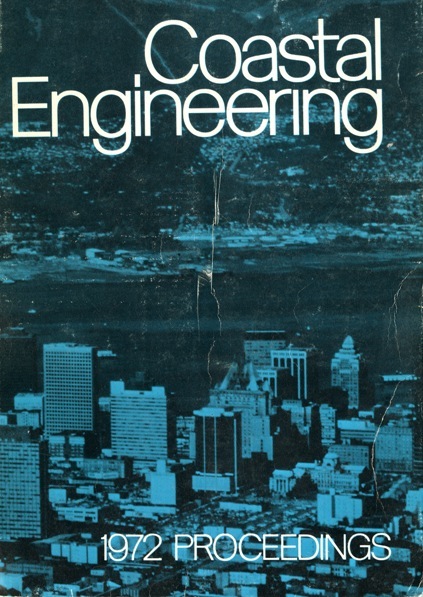Abstract
An experimental deep water wave recording station has been operated in Lake Ontario, Canada, from 1969 to 1971. The station included a triangular array with four wave sensors and a stable platform. The aim of the study was to obtain a better understanding of the usually rather vaguely defined wavelength parameter of a wind-generated sea and to record the direction of wave propagation directly in the wave generation field. The station has also been used to test newly developed wave sensors, or to check and calibrate some of the existing wave recording systems, including staff gauges, pressure cells and accelerometers. The paper describes briefly the mooring system of the floating stable platform and the triangular array. A comparison is made between various wave recorders, mainly by using spectral analysis, and some results of the wavelength and wave direction study are discussed.
Authors retain copyright and grant the Proceedings right of first publication with the work simultaneously licensed under a Creative Commons Attribution License that allows others to share the work with an acknowledgement of the work's authorship and initial publication in this Proceedings.

